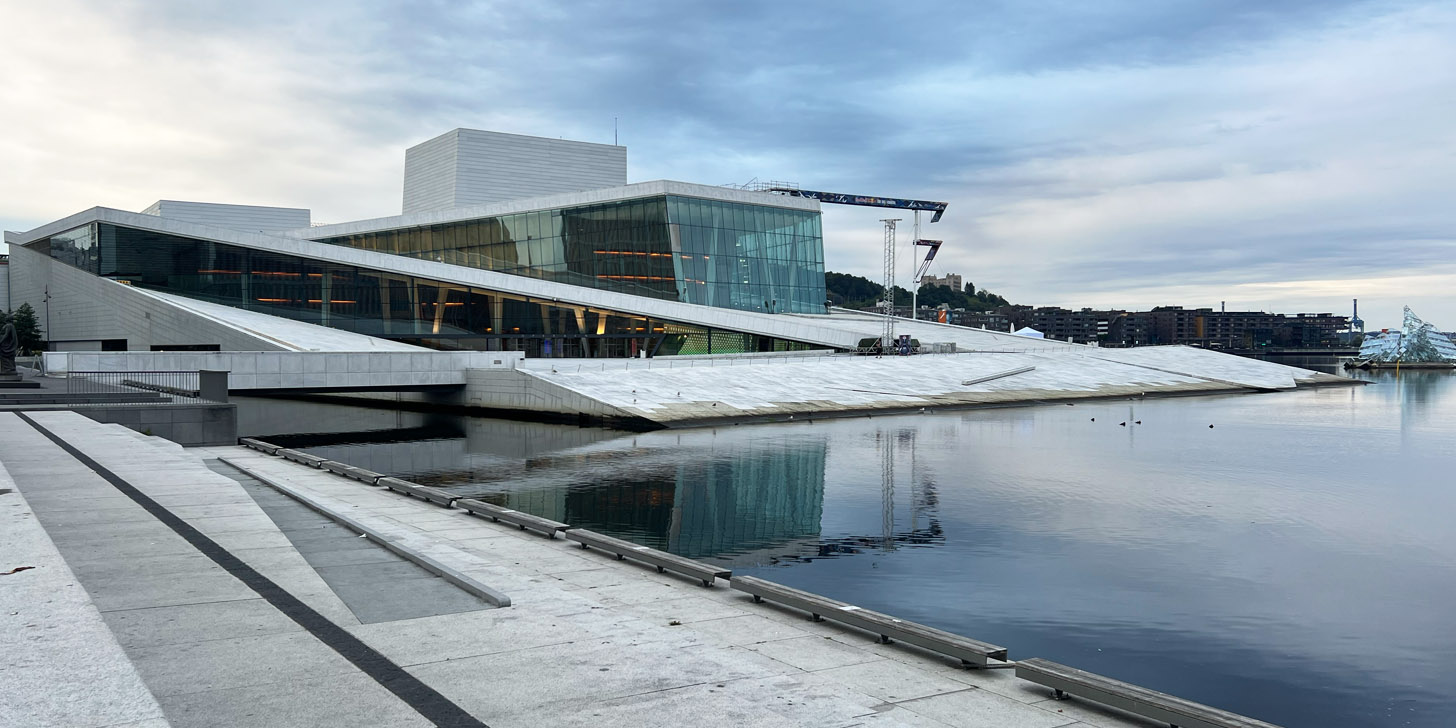
13 Things to See + Do in Palatinate (Germany)
First things first. Have you ever heard of Palatinate? Do you have any idea where it is located? If you know me or have followed Travel for a Living for a while, you can probably guess that it is an area in Germany. But where exactly? Well, how about I tell you where Palatinate is, what Palatinate is famous for and most importantly the things to do and see in Palatinate.
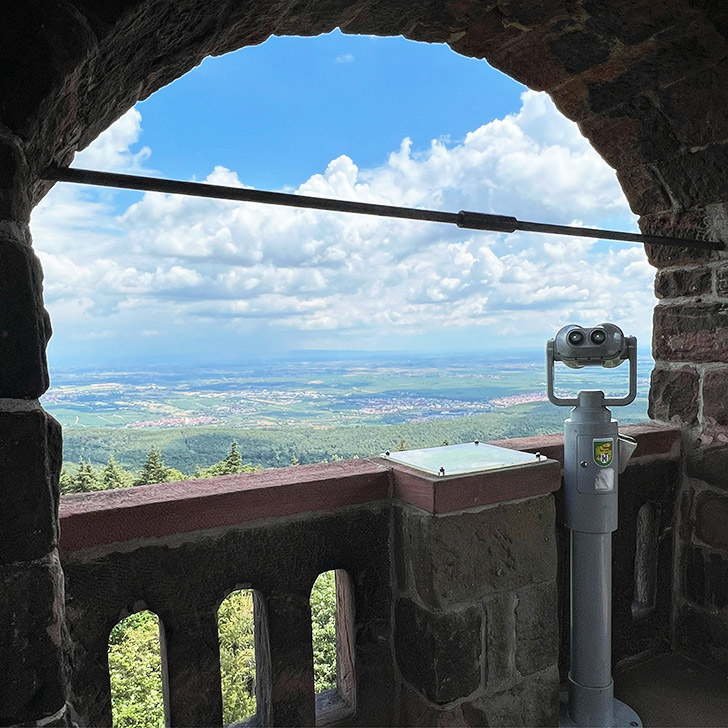
Where is Palatinate?
Chances are, you’ve never heard of Palatinate (at least those of you not living in Germany). Although it is a gem of an area, it does not seem to get much publicity outside Germany. Which is a shame. When people abroad ask me where my family lives, my answer usually is ‘about an hour from Frankfurt’. Which is correct, but it does not explain where I am from.
Palatinate is part of the Bundesland Rheinland-Pfalz (the state Rhineland-Palatinate). Here’s your first hint. Yes, Palatinate is by the Rhine. In fact, the Rhine forms the Eastern border of Palatinate. To the South it borders with France (you might remember that I told you last year that Strasbourg and the Alsace were a short drive from my parents). To the North, Palatinate borders with Rhenish Hesse, another area within Rhineland-Palatinate. And with the Saarland to the West.
Palatinate has two very different parts to it. Hills and forest to the North and West. The Palatinate Forest covers roughly a third of Palatinate, so no surprise that this makes it onto the list of things to see in Palatinate.
Whereas to the East and South, in the Rhine valley, Palatinate is flat and agricultural.
Overall, around 1.4 million people live in Palatinate, and it stretches around 5.500 square kilometres (2.100 square miles).
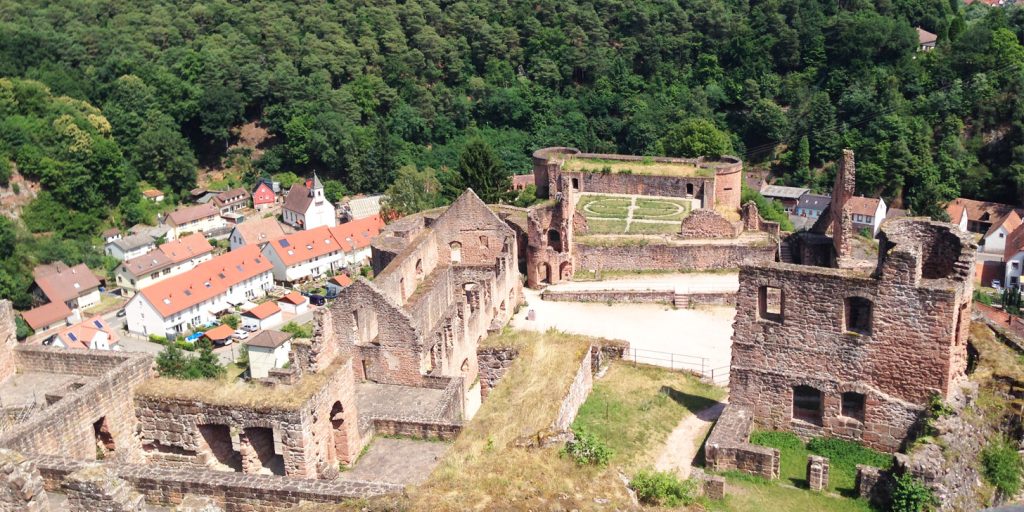
What is Palatinate famous for?
Palatinate is probably best known for its wine. It is the second biggest wine area in Germany (the biggest being the neighbouring Rhenish Hesse area) and has almost 7000 winemakers. So basically, one winemaker for every 200 people living in Palatinate. Tells you something about the importance of wine for the region.
The most famous Palatinate wine is the Riesling. But let me make one thing very clear. Palatinate has a lot more to offer than just Riesling. A wide variety of white, rose, and red wines are produced here. And you definitely miss out, if you only go for the Riesling.
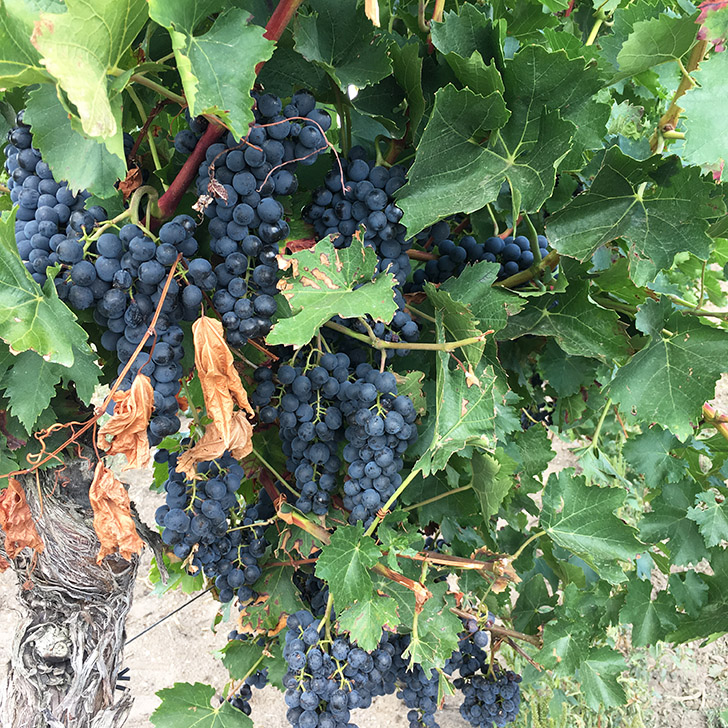
Things to do in Palatinate: Wine tasting
Sticking with wine, my first suggestion of things to do during a trip to Palatinate would be a wine tasting.
Many wineries offer wine tasting, so if you are staying somewhere in the Rhine valley, just check who in the vicinity offers one. Believe me, it is well worth.
Pro tip: If you visit a winery to buy wine directly from the producer, you can usually try a sample before purchasing.
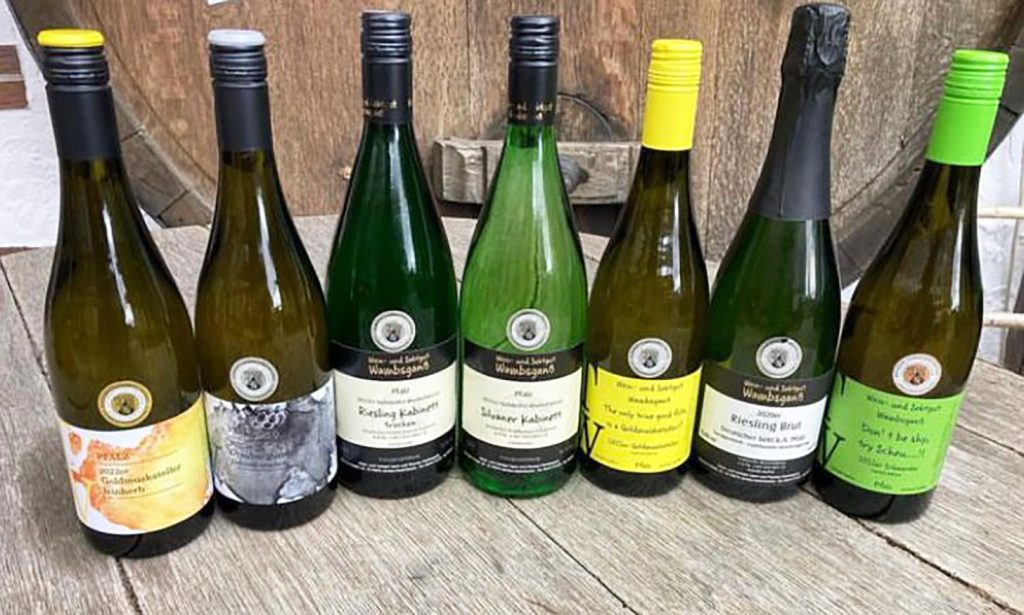
Visit the Historic Old Town of Freinsheim (Historische Altstadt Freinsheim)
Although Freinsheim is a fairly small town with just under 5000 inhabitants, it has had city rights for a very long time.
Freinsheim’s picturesque old town (Altstadt) is still fully enclosed by its medieval town wall, which was built around 1500. It spans a good kilometre and is almost completely intact with towers and gates. The Eisentor (Iron Gate) is the best known of the city gates.
Inside the town wall, you can see the old town hall (a beautiful place to get married in), several old churches, as well as a selection of old houses, some of them dating back to the early 18th century.
You can go for a nice stroll along the town wall, the path is clearly sign posted. The circuit is approx. 3km (2 miles long) and relatively flat and easy to walk. You will however walk mainly on cobbled stones, so I would advise against heels.
Just trust me on that, heels do not look pretty by the time you are done exploring Freinsheim’s historic old town.
Things to do in Palatinate: Visit a Weinfest
As already mentioned, wine plays a very big role in Palatinate’s heritage and culture. Therefore, if you visit Palatinate anytime between April to September, you should definitely visit a wine fest or two.
Most of the Palatinate villages have at least one or two wine fests throughout the summer. Smaller wine fests will typically run from Friday to Monday or Saturday to Tuesday. Some of the bigger ones might even run two consecutive weekends.
So, what can you expect on a wine fest?
Well, as the name suggests, you will find plenty of local wines there. Some of the wineries will open their yards and serve regional food with their own wines.
In addition, you will find a selection of fun fair rides and plenty of food stalls. If you are lucky, there might even be some live music in the evening.
My favourite wine fests are:
- Stadtmauerfest in Freinsheim, which takes place mid-July
- the wine fest in Deidesheim in August
- ‘Fest der 100 Weine’ (fest of a hundred wines) in Kallstadt, which takes place end of April / early May. It is one of the first big wine fests of the season and you can do a wine tasting there of a hundred (or even more) regional wines.
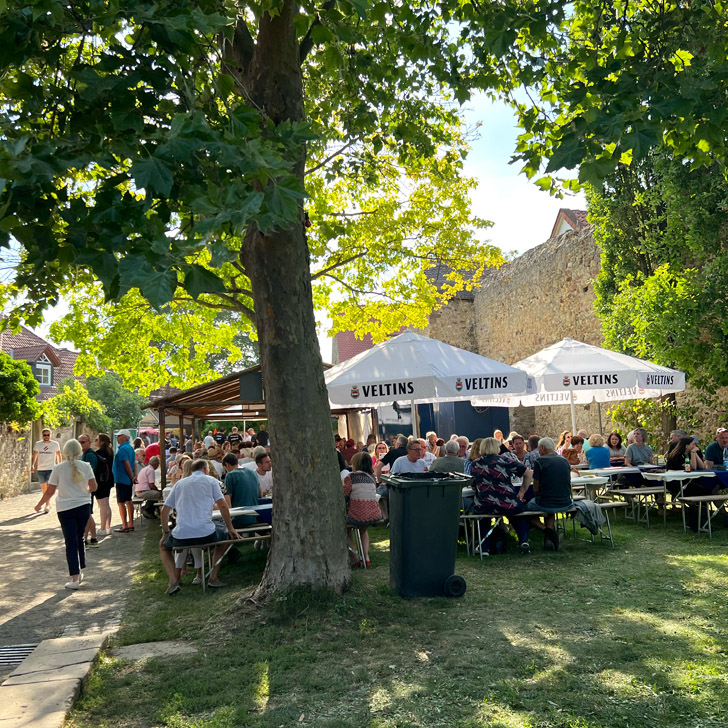
Visit the Wurstmarkt
On the topic of visiting wine fests. How about visiting the largest wine fest in the world? Even though the name Wurstmarkt literally translates to sausage market, it has nothing to do with sausages (although you will be able to grab yourself a bratwurst or two whilst there). The Wurstmarkt has been going since 1417 and attracts a good 600.000 visitors a year. The Wurstmarkt takes place in the spa town of Bad Dürkheim for two weeks in September.
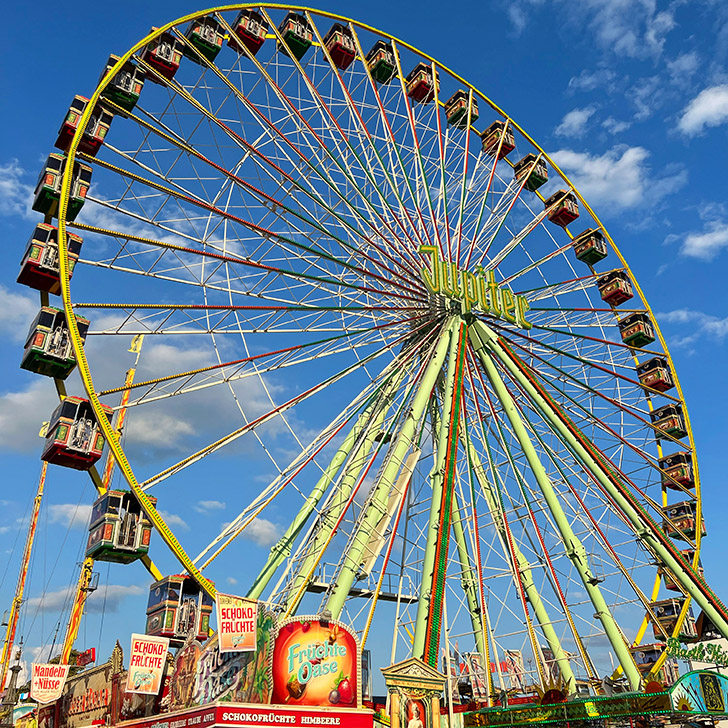
Things to see in Palatinate – the Giant Cask
When it comes to world records, Bad Dürkheim does not only have the Wurstmarkt as the largest wine fest in the world.
Bad Dürkheim is also home to the largest wine cask in the world.
The Riesenfass (giant cask) has a 13.5m diameter and a capacity of 1.700.000 liters. That’s a lot of wine. But in all fairness, the giant cask has never ever been used to store wine… or any other liquid for that matter. Although it is fashioned like a traditional wine cask (made of wood from the Black Forest in the early 20th century), the Riesenfass actually houses a restaurant.

Visit the Deutsche Weinstrasse
The Deutsche Weinstrasse (German Wine Route) is an 85km long track stretching from Schweigen in the South to Bockenheim in the North
Start at the Wine Gate in Schweigen, then cycle or drive through wineyards and picturesque villages all the way to the House of Wine in Bockenheim.
Once a year in August, the German Wine Route is closed for motorised traffic. Instead, you can cycle, walk or rollerblade from village to village, taking in the scenery and trying various wines and regional dishes along the way (obviously in moderation, even though the track is blocked for traffic, cycling under the influence is not encouraged).
Hike in the Pfälzerwald (Palatinate Forest)
Palatinate has a large stretch of woods to the north and west of the county. Whether you are an experienced hiker or just want to go for a leisurely stroll, you will find a selection of hiking routes through the Palatinate Forest.
My personal favourite is the short hike from Weisenheim am Berg to the Ungeheuersee (the sea monster lake). Which is a fairly easy walk that takes about an hour. Perfect if you are an inexperienced hiker.
As you hike through the Palatinate Forest, you will come across several old castles and fortresses (most of them just ruins nowadays).
You could hike up the Donnersberg, with 687m above sea level the highest mountain in the Palatinate Forest. Or visit the Adlerbogen (the eagle arch). Although in all honesty, I have yet to visit that one myself.
Things to see in Palatinate: See the Vineyards
Woods aren’t really your thing? You can wander through the vineyards instead. Where there is a lot of wine, you will obviously find a lot of vineyards. Depending what time of year you visit, you will either see just cut down roots, plants in full foliage or rows of red and green grapes. Wine harvest begins in September, so if you time it right, you might be able to witness the harvest.

Visit the Hambacher Schloss
Interested in history? Add the Hambacher Schloss (Hambach Castle) to your list of things to see in Palatinate. Located in the Palatinate Forest, just outside Neustadt an der Weinstrasse, Hambach Castle was built in the 11th century as a strategic post on top of a mountain to control the area.
Over the years, the castle fell into disrepair, however its ruins were the focus point of the Hambacher Fest in 1832. Disguised as a county fete (as protesting was illegal back then), the festival turned into a political protest over several days and is nowadays considered the birthplace of German democracy.
The castle has been restored and rebuilt since and now houses a museum dedicated to the events around the Hambacher Fest.
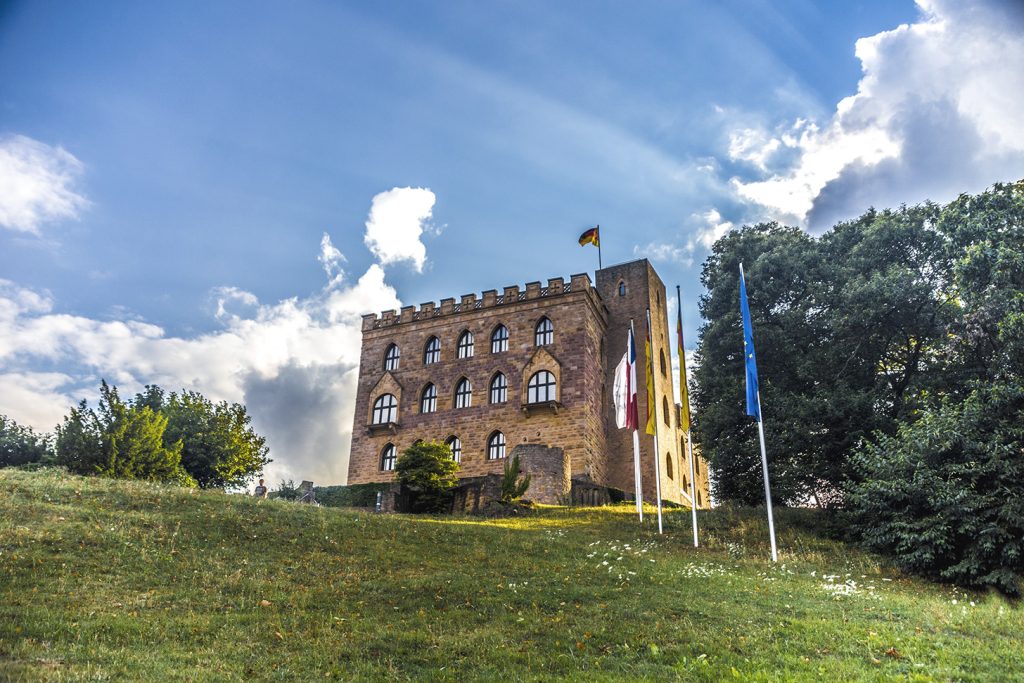
Mountain biking through Palatinate Forest
If you are into mountain biking (I am not, but Mr T quite enjoys a ride every now and then), the Palatinate Forest offers some lovely routes.
Cycle along the Rhine
Up and down mountains and cross country might not be everyone’s thing. If (like me) you are one of those, you could cycle along the Rhine instead. Between Worms and Speyer, you will find some lovely cycle routes, which are relatively flat and easy to do.
Things to see in Palatinate: Teufelstisch (Devil’s Table).
As you are hiking through the Palatinate Forest, you might want to go and see the devil’s table near Hinterweidenthal. A giant rock formation of colourful sandstone that resembles a table. To get there, you can park at the bottom of the mountain and hike up to the devil’s table (no worries, the shortest route is only around 300m, so you don’t need to be an experienced hiker).
There are actually two more stone formations nearby, the devil’s kitchen and the devil’s workshop.
Go on a Elwetritsche hunt
Definitely something to do if you are out and about in the Palatinate Forest with kids is the Elwetritsche Jagd (hunt). Never heard of an Elwetritsch before? This mythical creature is a bird like creature, living in the depth of the Palatinate Forest.
How do you hunt them? You will need a potato sack and a lantern. Head to a clearing in the wood, set out your trap and wait. With the lantern light you will attract the Elwetritsch, who will then crawl into the potato sack. Easy peasy. Go and catch one.
If not, you can head to Neustadt an der Weinstrasse and see the Elwetritsch fountain, to get an idea what those magical creatures look like.
As I said in the intro, I’ve never really done a Palatinate sightseeing tour. There is plenty more to see and do in Palatinate. Whilst this is not a definitive Palatinate sightseeing guide (far from it), I’ve put together a list of places to see and things to do in Palatinate, that I would recommend to friends that are planning on visiting Palatinate for the first time.

